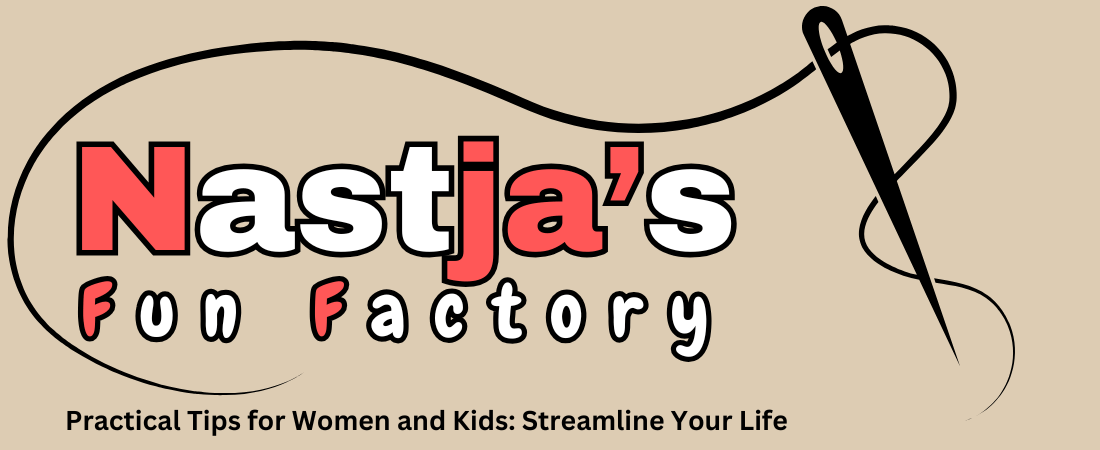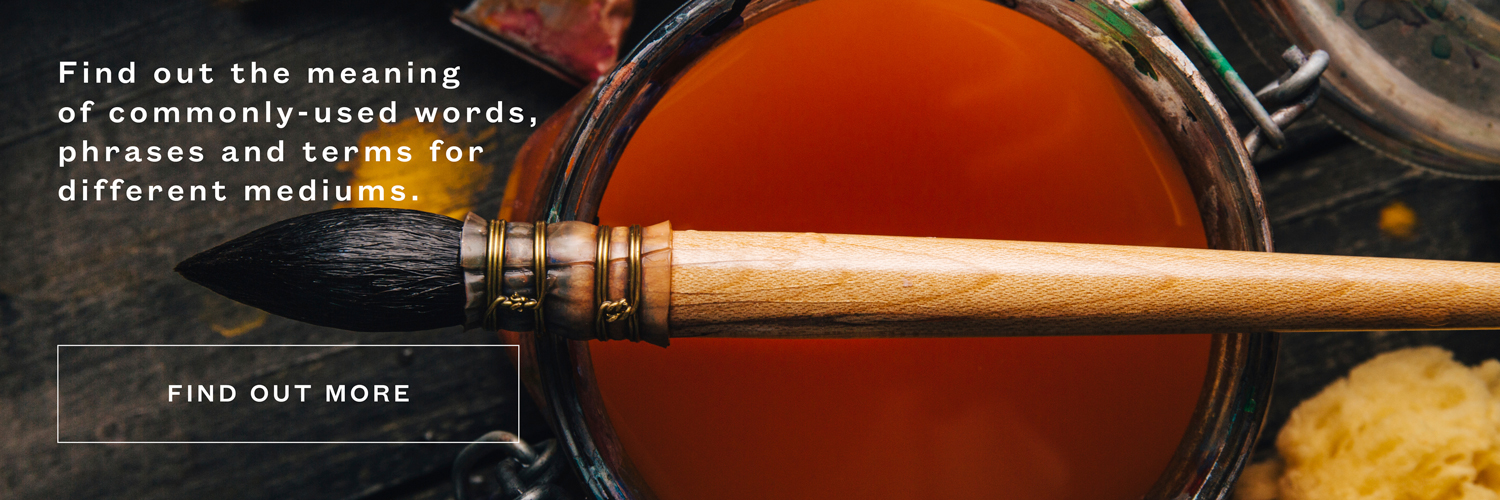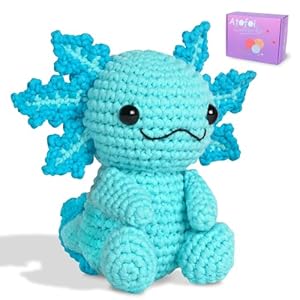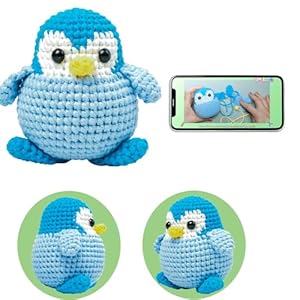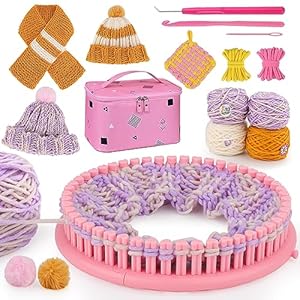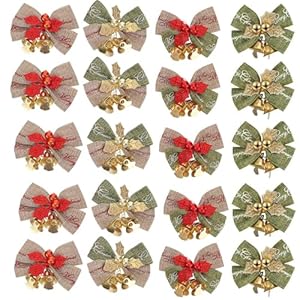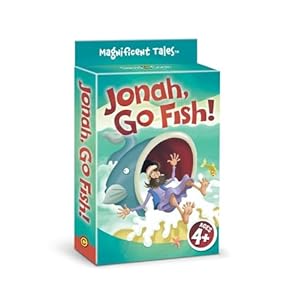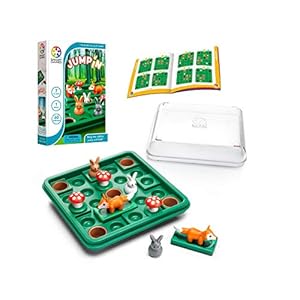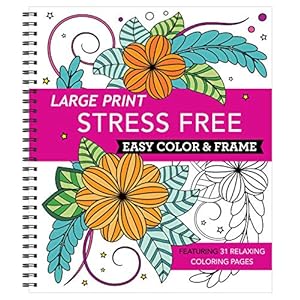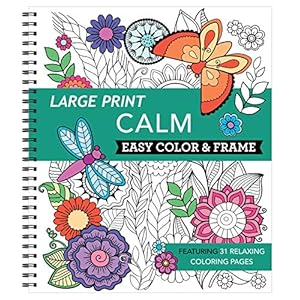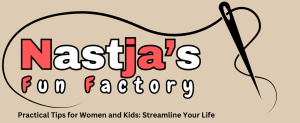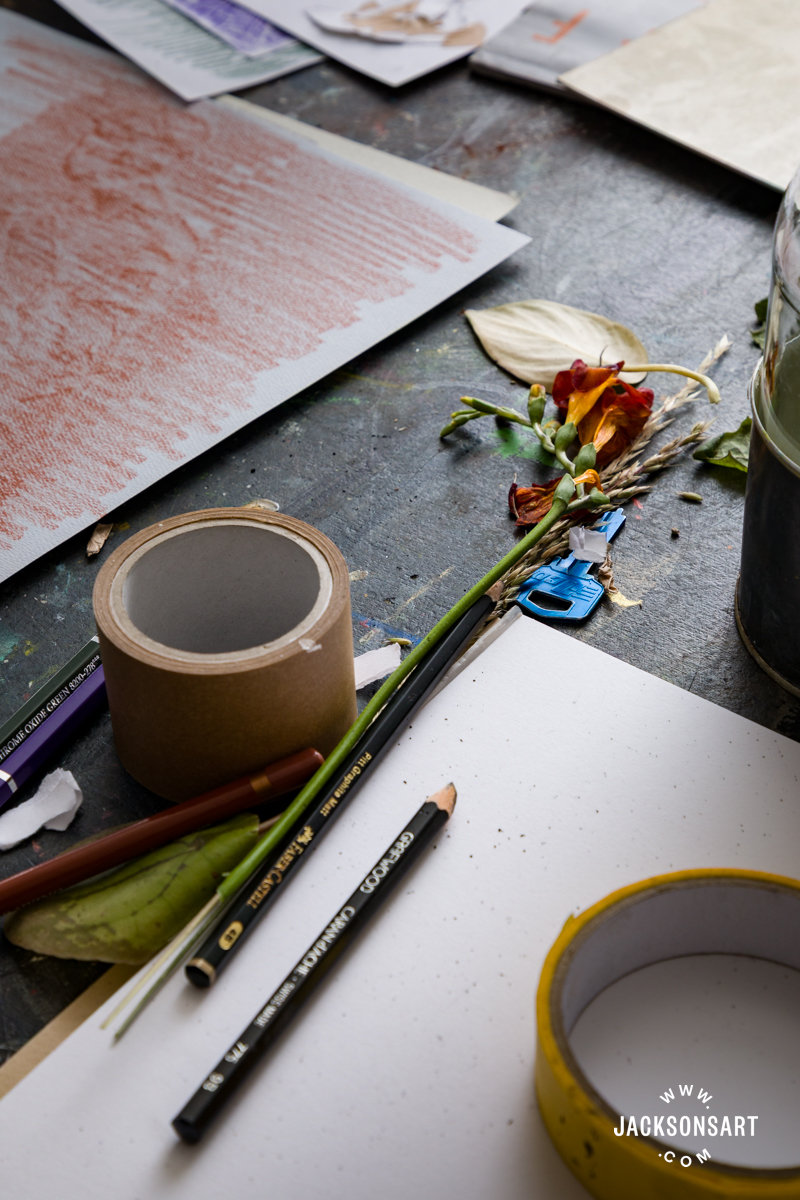
In this article, I define the frottage technique by tracing its origins – beginning with historical examples of rubbings that predate the modern understanding of the term, to the experimental drawings of Max Ernst that established frottage as a recognised method in Western art history. I then give practical demonstrations for trying frottage in your own drawings, with found surfaces and materials, and with handmade paper ‘reliefs’. Articles in the Painting Techniques series define the meaning and context of art making processes and give practical tutorials on how to work with them.

Definition
Frottage comes from the French word ‘frotter’ which means to rub. Frottage is a drawing technique created by laying paper over textured surfaces and rubbing over the sheet with drawing materials. This action picks up the patterns, shapes, or designs onto the surface, relying on a level of chance to create surprising marks and effects. The sheet may also be rotated or moved around, allowing the artist to add sections of different rubbings to the same sheet to build up a network of marks.
What is the Effect of Frottage?
The frottage technique allows artists to intuitively collect marks from the world around them, in response to their physical qualities. This makes the technique exploratory, where the artist may spot some tiles, planks, or wallpaper with textures they want to collect. The action of creating frottage is very quick, since it’s essentially filling a page with drawn strokes. This means that a frottage drawing or series of drawings may be developed on the move, letting the artist wander with their imagination, testing out different materials and layering drawings to achieve the desired effect.
The visual impact of frottage depends on the surface that has been transferred over, but in general, it has an organic feeling. Since the marks are collected rather than directly controlled, the viewer is given a sense of the artist’s selective eye, and an implication that they are open to experimenting in their works. When frottage drawings are worked on top of, and transformed after responding to the marks in them, the frottage takes on a new personality, now existing in contrast with harder lines, edges, and colours. This can create an interesting tension in drawings, since different methods of mark-making are made to interact.
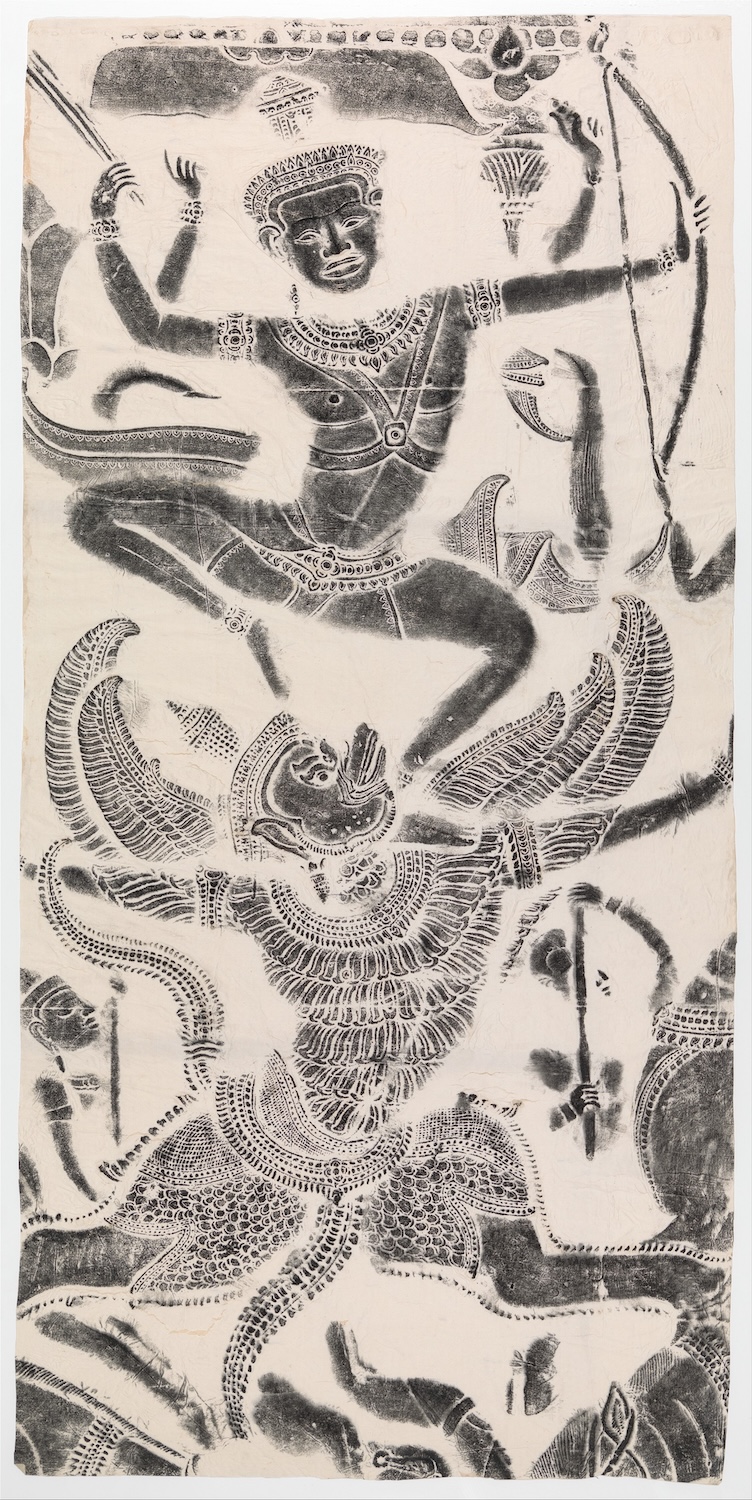
Rubbing of a Scene from the Ramayana, 20th Century
Unknown
Rubbing on paper, 117.5 x 58.4 cm | 46.3 x 23 in
The Metropolitan Museum of Art
The History of Frottage
Although the term frottage was coined by Max Ernst in a Western fine art context, taking rubbings has existed as a practice as early as the 2nd Century AD. It’s thought that rubbings originated in East Asia as a form of preserving, documenting, and distributing relief religious texts and carvings. The practice spanned across various countries, from Japanese Buddhist scenes in Japan to Confucian texts in China. Rubbings taken from beautiful carvings are regarded as artworks in their own right, as seen here in Rubbing of a Scene from the Ramayama from Cambodia. Rubbings are also important records of works that have been lost to time, like in Luohan, after a set attributed to Guanxiu from China, which is in a series of rubbings taken from now lost ink paintings, that were carved into stone for this purpose.
When Max Ernst made his first frottage drawing in 1925, he was staying at a hotel on the French coast, in a hotel room with distinctly worn down floorboards. Inspired by the texture, he made a frottage rubbing of the boards with graphite on paper. Later he would work with materials as varied as textiles, dried paint, and leaves. By moving the paper around as he worked, he allowed the drawing to take on surprising new forms, which provided the visual inspiration for developing the drawings further.

Luohan, after a set attributed to Guanxiu, 18th/19th Century
Unknown
Rubbing on paper, 137.8 x 69.9 cm | 54.3 x 27.5 in
The Metropolitan Museum of Art
Notably, he created a series of thirty-four frottage drawings which were reproduced as lithographs in a publication titled Histoire Naturelle (Natural History), where he transformed frottage into fantastical foliage, forests, and creatures. In the following years, Ernst went on to invent the technique of grattage, which sought to transfer the effect of frottage to painting.
Frottage aligned with the Surrealist’s idea of automatism, where the artist’s hand would be guided subconsciously to create their work. Other artists embraced the technique such as the English Surrealist Roland Penrose, who often combined various areas of frottage in the same drawing. In his work Composition with Spheres, we see different coloured chalks used to pick out different textures. The poet and writer Henri Michaux described his frottage works as ‘apparitions’, feeling that they took on a spectral quality by emulating lost places and objects. Hand by Henry Styrsky is an example of the Czech Surrealist’s process for using frottage in his drawings, where he combined the rubbing texture with collage and more traditional drawings into one image.

Demonstration of Frottage with Found Materials and Graphite
To begin, I wanted to make some examples of frottage with found surfaces and objects by moving the paper around and combining the textures of various objects into each sheet. Making frottage drawings requires very few materials – in this case just graphite pencils and paper. I used thicker sheets (150 gsm) from a Jackson’s Norfolk Cartridge Pad and thinner ones (45 gsm) from a Daler-Rowney Layout Paper Gummed Pad.

As you can see, the thicker paper picked up less detail but caught some stronger darks because of the tooth, whilst the thin paper allowed me to frottage tiny details like the segments of the leaves. These drawings can be treated as works on their own, or could be drawn over, cut up, or collaged.

I placed my sheets on arrangements of leaves, grasses, and some keys, and rubbed over them with my pencil in horizontal strokes, applying some pressure.

Next, I moved the paper and repeated the same process, adding objects where the composition needed more.

Tips: Make sure to draw most of your frottage marks in the same direction, so as not to cover over some of the white gaps in the image you reveal. If you change directions too much or treat the surface unevenly, you might defeat the effect, especially on objects or surfaces that are shallower.

Demonstration of Frottage with Charcoal and Pastels
Along with pencils, charcoal and pastels can also be used to create frottage effects in your work. Inspired by the transformations made in works by Ernst and beyond, I wanted to demonstrate frottage drawings that I worked on top of from my imagination. For these examples, I used Coates Natural Willow Charcoal on toned pastel paper and Daler-Rowney Layout Paper.

I started my drawings by doing charcoal frottages of the texture of a wooden plank, a floor mat, and the studio floor.

Next, I stared at the resulting drawings and imagined what I could develop the marks into.

I transformed the wooden plank frottage into some twisting shells, and the floor mat into a dark alley.


Tips: Since the frottage stage of the drawing is very quickly completed, it makes sense to make several from the same surface so that if you’re unsatisfied with the drawing you transformed it into, you have backup sheets to try again.
Demonstration of Frottage over a Paper and Tape Sculptural Surface
If you want to take more creative control over the surface that you’re creating a frottage drawing with, it can be exciting to make a ‘relief’ by layering cut or torn paper and tape, without having to carve any stone or cut a wooden panel. For this demonstration, I’m using toned pastel paper sheets, Daler-Rowney Layout Paper, brown framers tape, and some coloured pencils.

To start, I drew a light pencil drawing of the broad shape of my ‘relief’ that I made by layering ripped paper and tape.

Next, I ripped up bits of paper to fit into my drawing and stuck them on in layers. I made sure to leave some bold edges around my work that the frottage would catch.

To finish the relief I used the tape to create some smaller details, using it now as a sculptural material rather than just an adhesive.

Then I made my frottage drawing by laying my paper over the ‘relief’ and taking several rubbings from it.

Tips: This is an exciting method for creating frottage that allows you to take control of the relief imagery you transfer over. The only drawback is that the paper and tape will eventually flatten from repeated use, so the initial frottage drawings you get from this method will probably be the strongest. If you wanted to get a longer-lasting ‘relief’ effect, you could use a thin cardboard to build it up instead.

Further Reading
The Dark History of the Pencil
Preparatory Drawing Methods for Painting
In Conversation with Nicola Coate About Coates Willow Charcoal
Sarah Dyer Curates Sets of Jackson’s Handmade Soft Pastels
Shop Art Materials on jacksonsart.com
The post Frottage Techniques with Found Surfaces and Materials appeared first on Jackson's Art Blog.
Trending Products
